| HOME |
|---|
TUCANA
The Toucan
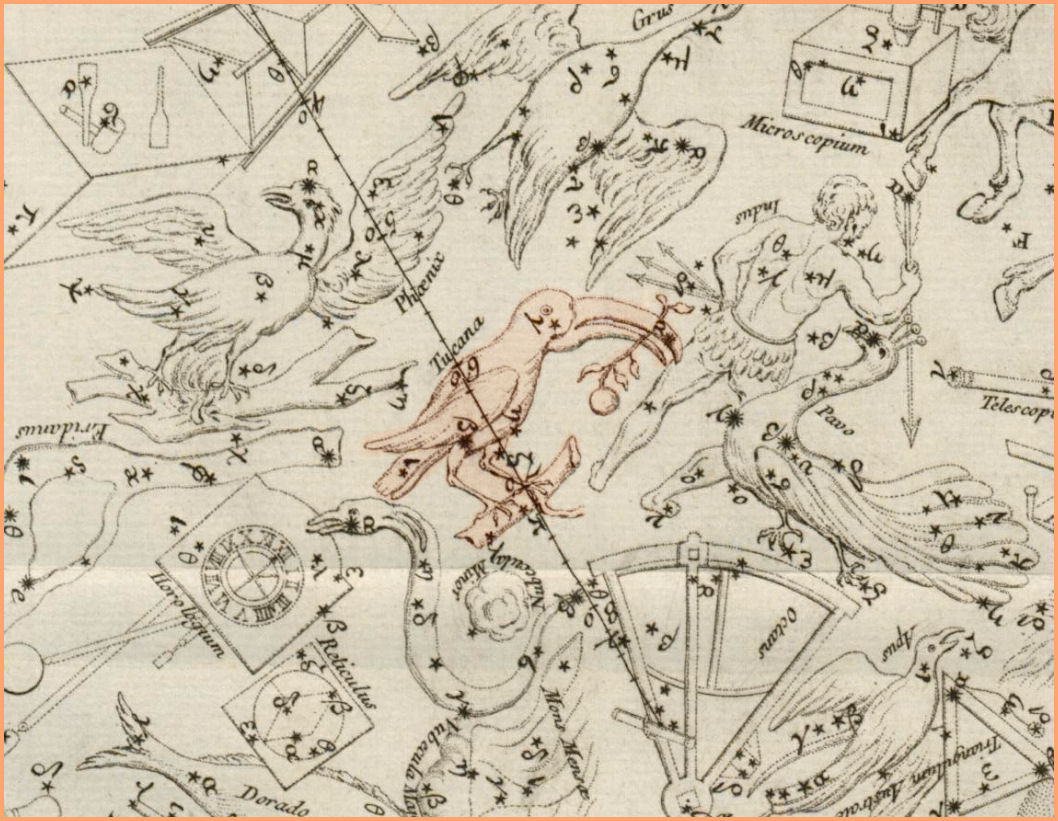
Tucana - Coelum Australe Stelliferum - Nicolai-Ludovici de la Caille - 1754
| HOME |
|---|

Tucana, named for the large billed tropical bird, the toucan, was one of twelve southern constellations introduced by Dutchman Fredrick de Houtman in 1603, following an expedition to the Indonesian island of Sumatra in the Indian Ocean. The constellation in its entirety is not visible above 13 degrees north latitude. To help find Tucana, look for the brilliant first magnitude star Acherner, in the constellation Eridanus just to the east.
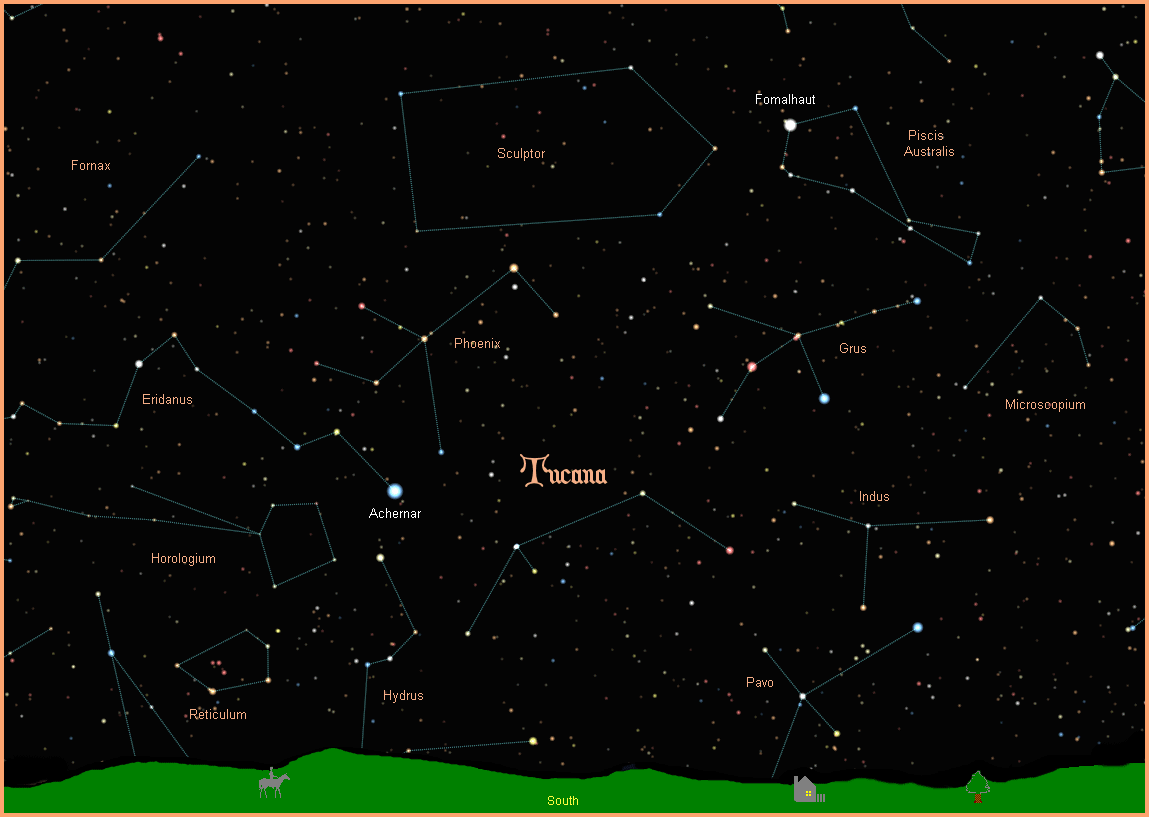
Tucana contains no named stars. Alpha Tucanae is the brightest star in the constellation at magnitude 2.87. It is classified as a K3III orange giant, about 200 light years away. It is a close spectroscopic binary system, but not much is known about the companion star.
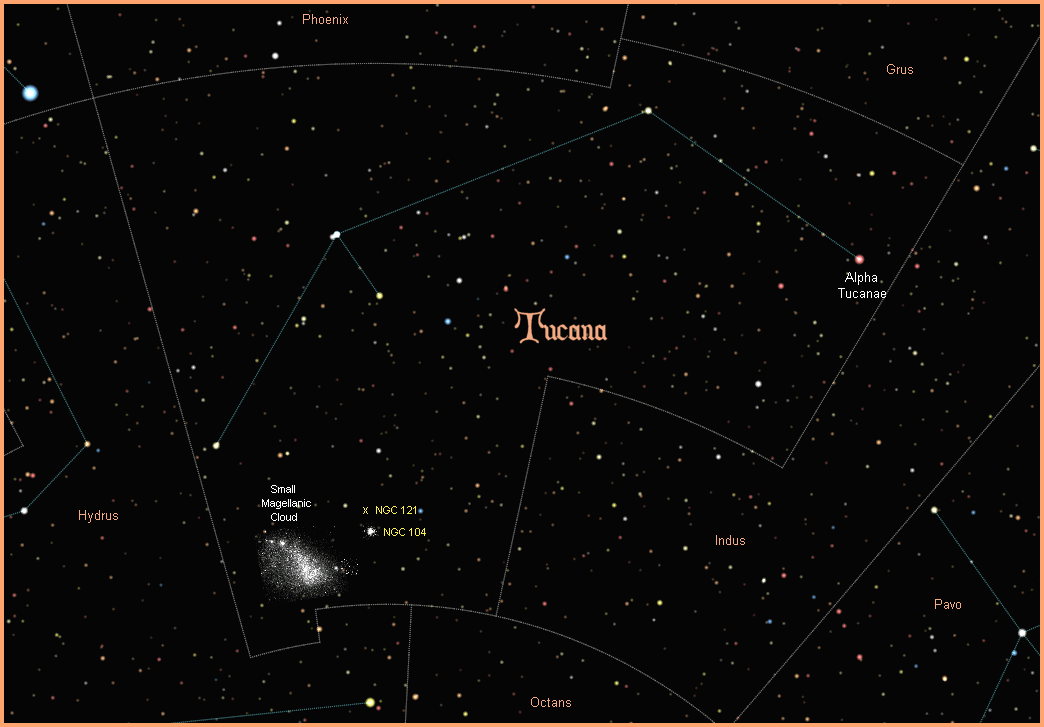
There are six stars in Tucana with planets, but they are all very far away, beyond naked eye visibility, and the planets so far discovered have all been gas giants. For more information on these and other extrasolar planets, visit NASA's New Worlds Atlas, and The Open Exoplanets Catalogue.
Tucana contains one of the sky's true wonders, the Small Magellanic Cloud (SMC), otherwise known as NGC 292. Its big brother, the Large Magellanic Cloud (LMC) is right next door in the nearby constellation of Dorado. The Magellanic Clouds were named after the Portugese explorer, Ferdinand Magellan, who observed them in 1519 as he was making history by sailing around the entire globe. They are irregular dwarf galaxies, small satellite galaxies of our Milky Way, containing hundreds of millions of stars, located 210,000 light years away.
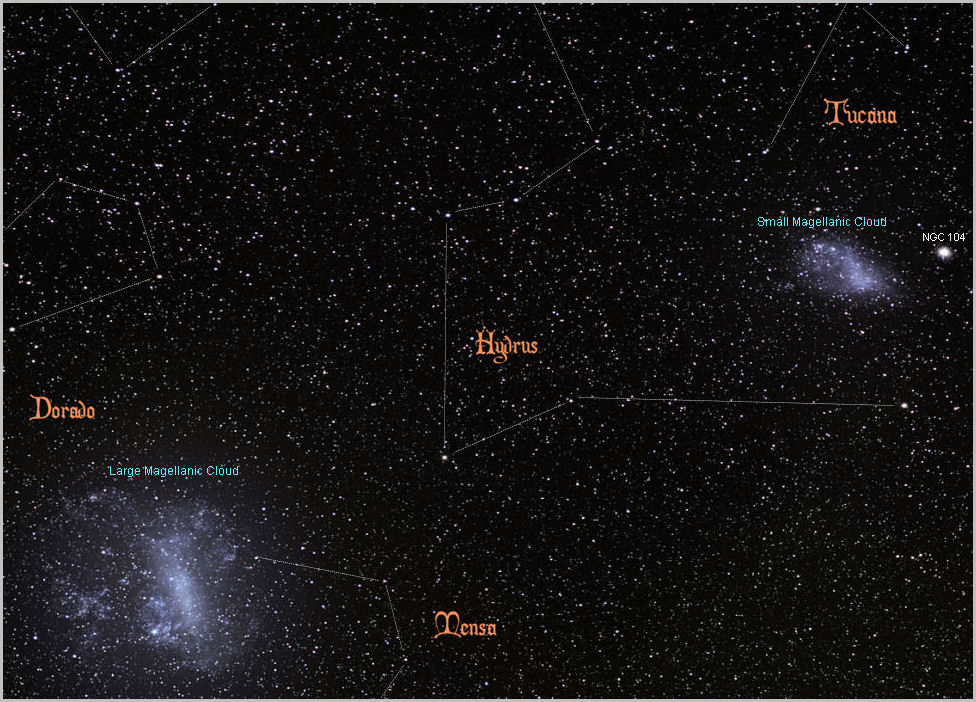
Right next to the SMC is the big, bright globular cluster NGC 104. With a magnitude of 4.0, it is the second brightest and second largest globular cluster in the sky (after Omega Centauri), easily visible with the naked eye. The cluster is 120 light years across, about 16,700 light years away, and contains millions of stars. It is so luminous it was first named as a star, and still carries the star designation of 47 Tucanae.
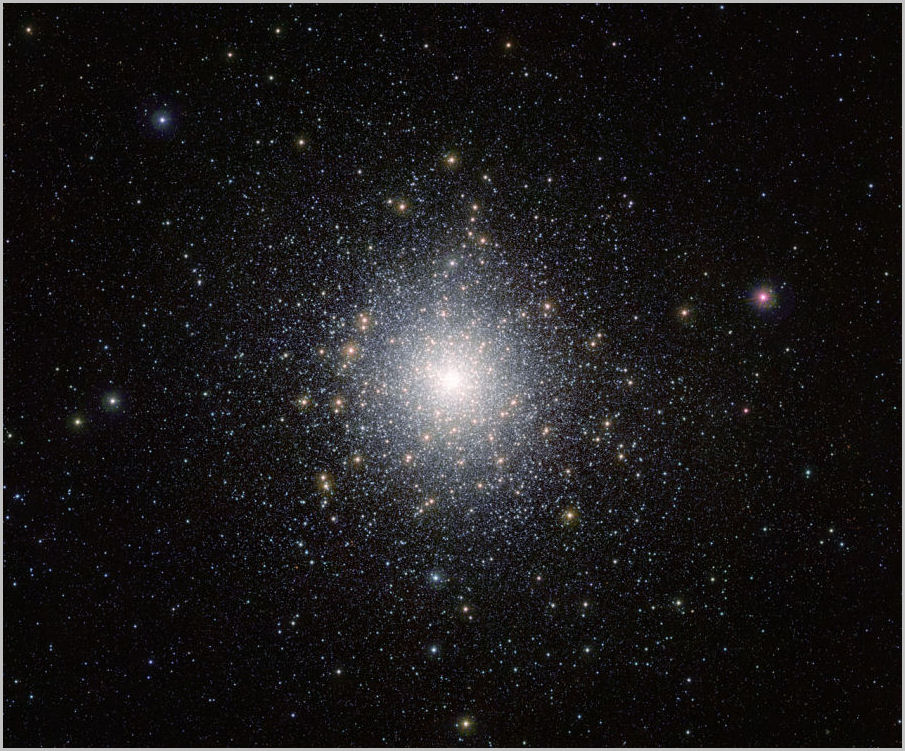
NGC 121 is a much fainter globular cluster, because it is much further away. It is gravitationally bound to the Small Magellanic Cloud, at a distance of about 200,000 light years. With a magnitude of 10.6, it is a challenge for a small telescope.
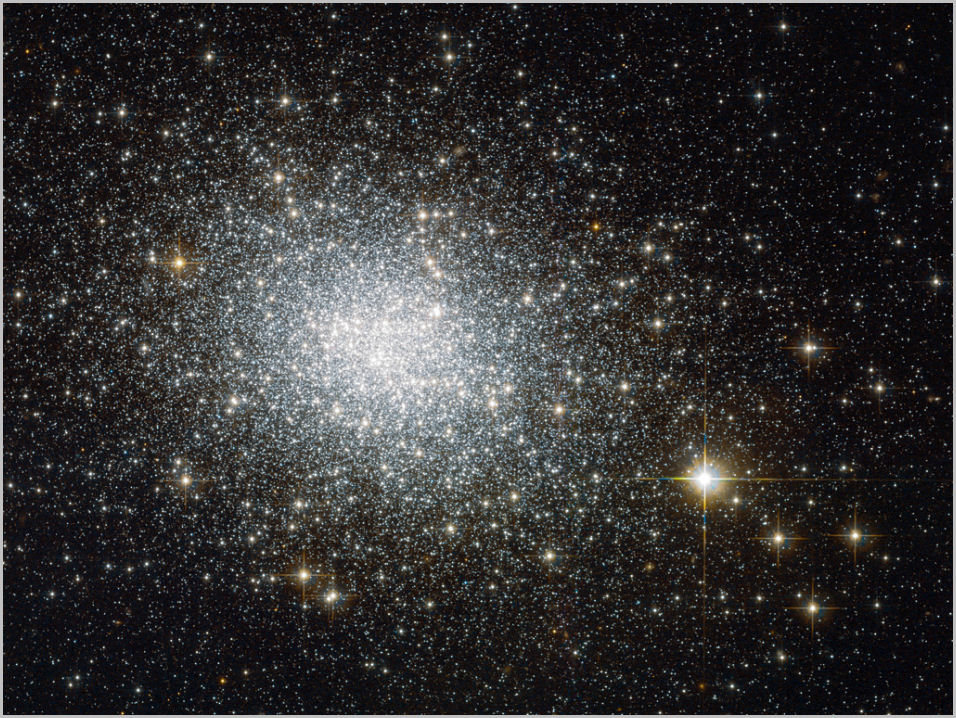
One of the many dazzling star clusters inside the Small Magellanic Cloud is the open cluster NGC 265, 65 light years across, with a magnitude of 12.0.
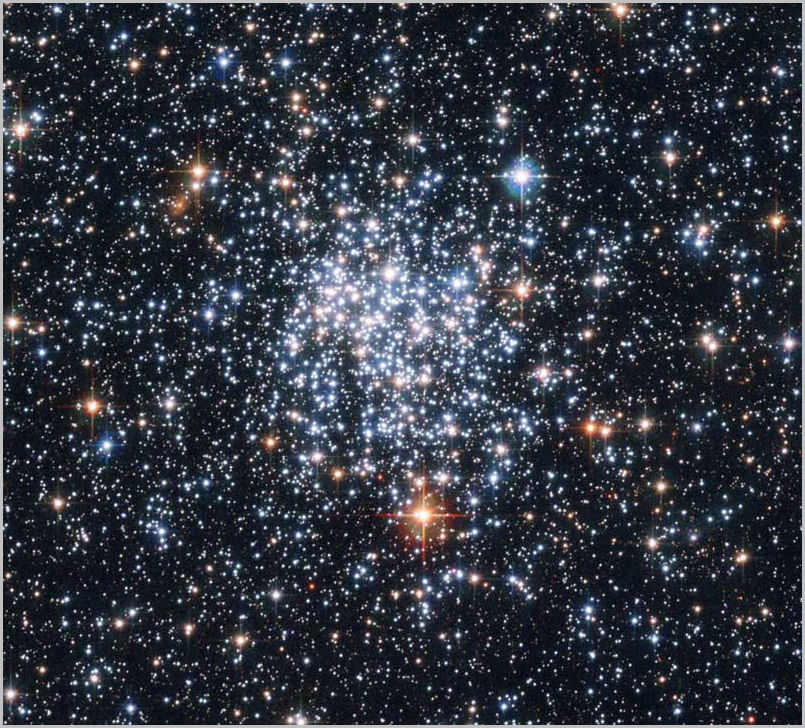
The open star cluster NGC 290 is also found inside the Small Magellanic Cloud. Like NGC 265 above, it spans about 65 light years, and has a magnitude of 12.0.
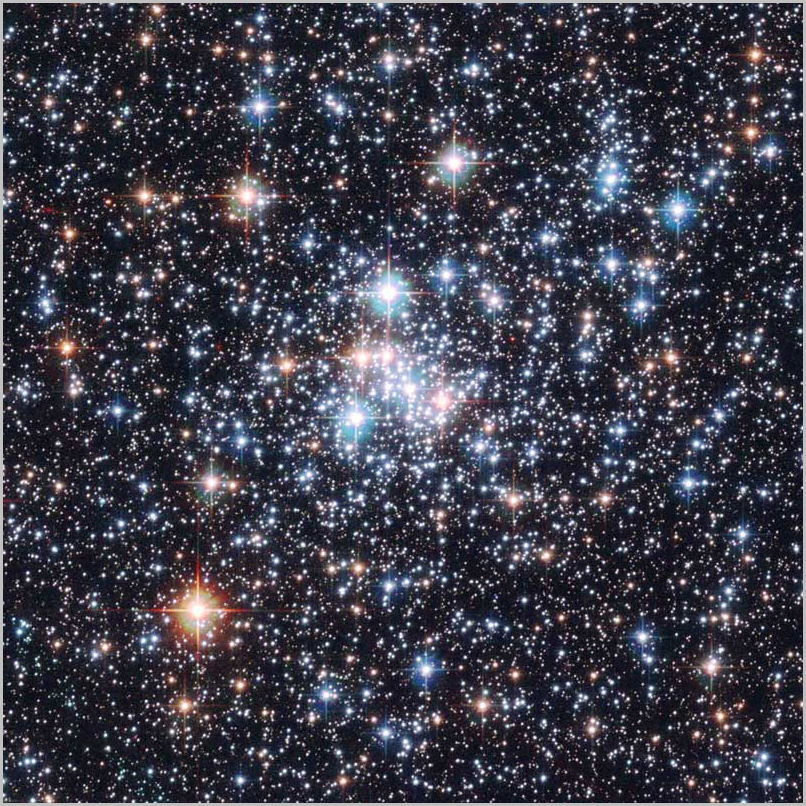
|
|
|
|
|
|